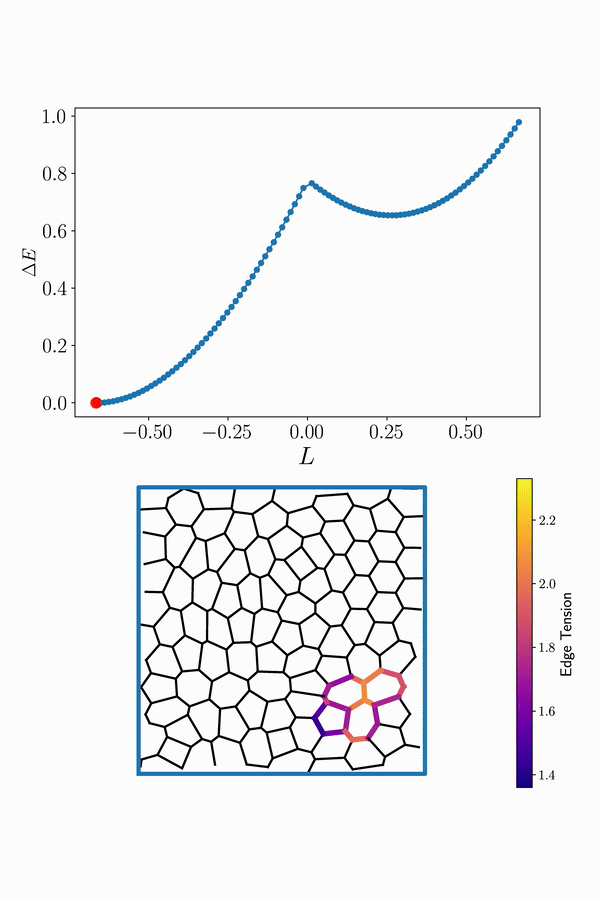research
My overall research interests include understanding the mechanical and dynamic properties of soft and biological materials from biopolymer networks to whole tissues. I use coarse-grained models and theoretical frameworks to discover the most important parameters in these complex systems. Biopolymer networks such as collagen are constantly under both external and internal stresses. A common feature in the mechanical response of such natural biopolymer materials is that they become stronger as they are deformed. Recent studies have shown that these fiber networks undergo a mechanical phase transition from a soft to a rigid state under nonlinear deformations. Understanding this critical transition helps us to provide a productive theory for real biopolymer networks.
Interestingly, on the multicellular scale, it has also been shown that the behavior of tissues can be explained in terms of a transition from a solid-like to a fluid-like state based on their cellular geometry and motility. Understanding collective cell movements is important to decipher complex biological processes such as embryonic development, cancer progression, and wound healing.


